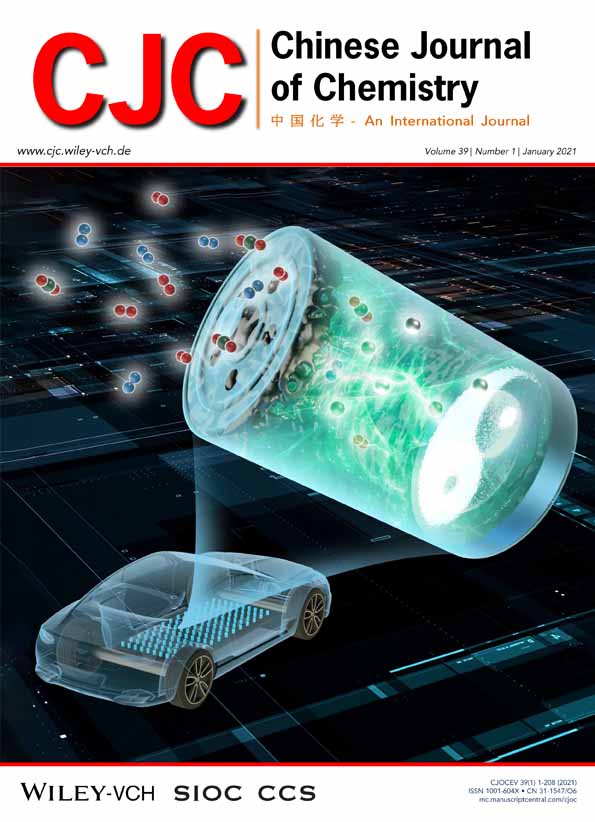Chiral Nanoprobes and Their Biological Effects
What is the most favorite and original chemistry developed in your research group?:
Chiral chemistry and bioanalysis.
How do you get into this specific field? Could you please share some experiences with our readers?:
When I just joined Jiangnan University, I tried to assemble gold nanoparticles by PCR and find new optical signal for template nucleic acid analysis. Interestingly, we found the complexity of gold assemblies was related to the PCR cycles. Especially, the gold dimers showed strong circular dichroism (CD) absorption in visible range while CD absorption of biomolecules or organic chemicals appeared in UV range. From then on, we focused on chiral nanoparticles and their biological effects.
How do you supervise your students?:
I spent a lot of time with my students. It's enjoyable to solve experimental problems together with my students. The effective communication is very important. We always have heated discussions at our weekly meetings. It helps us to prepare in advance for potential difficulties in research and find a suitable way to attain experimental aims.
What is the most important personality for scientific research?:
Great passion, fortitude, perseverance, and carefulness.
What's your hobbies? What's your favorite book(s)?:
I like playing badminton. My favorite book is Li Ao Complement Set.
How do you keep balance between research and family?:
I live in Jiangnan U campus. It's convenient. You don't have to cook and spend much time on the way to office. There is no need to divide your life into family time and work time. We can wechat with family members at any time and any places.
Abstract
Chirality is an essential property of nature. The emergence of chiral material in nanoscale has shown great promise in the investigation of biological interfaces, chiral optical devices, metamaterials and the origin of chirality. In the present study, we focused on fabricating chiral nanoprobes and their applications in living systems. Through precise synthesis or the self-assembly of various chiral configurations, significant research achievements have been obtained by our group. In this brief introduction, we will discuss the recent progress of chiral nanostructures in the selective recognition of biomolecules, ultrasensitive detection and their interaction with living cells.




